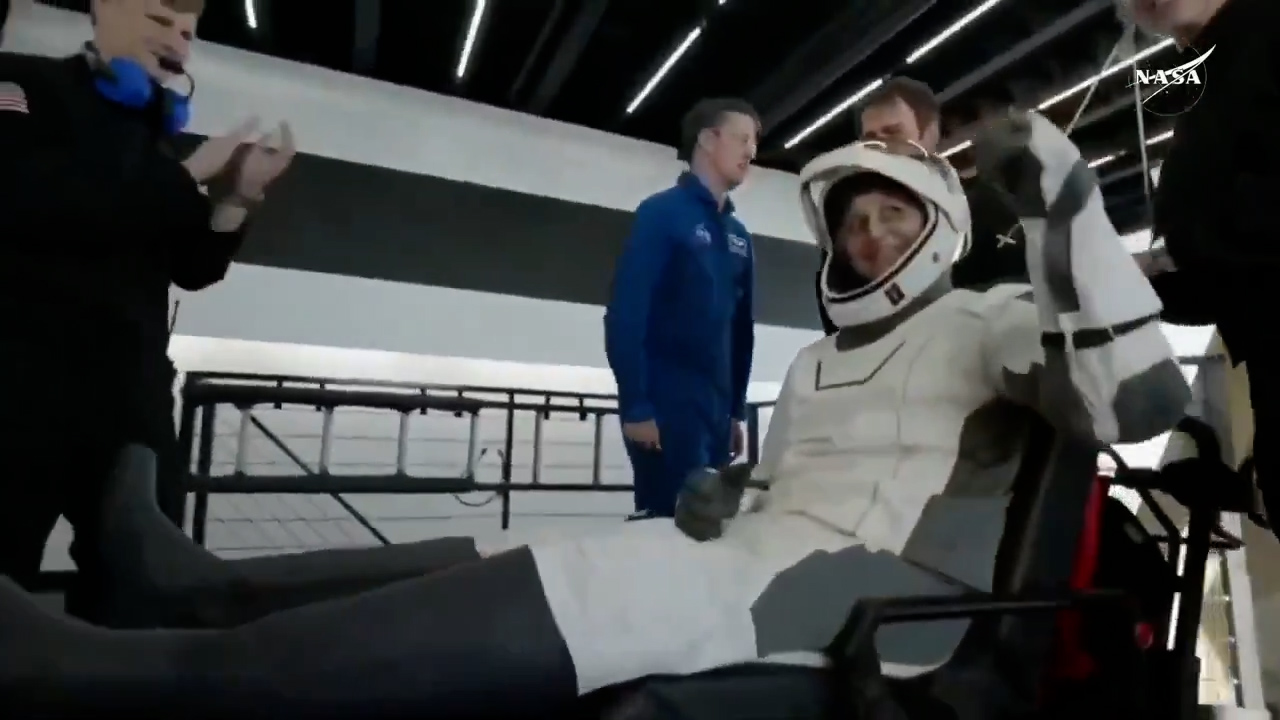LISTEN TO THIS STORY:
(TAMPA) After spending more than nine months in space, NASA astronauts Butch Wilmore and Sunita Williams have finally returned to Earth, concluding a mission that lasted far longer than originally planned. Their journey, initially expected to last just one week, extended to 278 days in orbit. During that time, they circled the Earth over 4,500 times, covering an astonishing 121 million miles before splashing down in the Gulf of Mexico.
Their return, while celebrated, was not without challenges. Delays related to Boeing’s new Starliner crew capsule forced NASA to postpone their departure multiple times. What was supposed to be a short demonstration flight turned into a long-duration mission, with the astronauts adapting to an unexpected but productive extension of their stay.
Despite the change in plans, Williams saw the extra time in space as an opportunity.
“You know about staying up here longer… One of the things I was sort of regretting about a short-duration flight… is I wasn’t going to be able to share it with people,” Williams said.
Throughout their extended stay aboard the International Space Station (ISS), Wilmore and Williams remained busy with scientific experiments critical to the future of human spaceflight. Their research focused on the effects of long-term space exposure on the human body. technology testing, and studies on microgravity environments that will help pave the way for future deep-space exploration.
Williams also documented her experiences in a personal journal, offering unique insights into life in space.
“One of the things I like to do up here is sort of write a little recap of the week… and send it down to people so they can see what fun we’re having and what kind of work we’re doing up here,” Williams explained. “It is so much different than being on Earth and I think opens up that door, making you think a little bit differently.”
After months of anticipation, the astronauts finally boarded their spacecraft and re-entered Earth’s atmosphere. Their return ended in a splashdown in the Gulf of Mexico, a landing site selected for its accessibility and safety. Recovery crews were on standby to retrieve them from the capsule shortly after touchdown.
The mission gained significant public interest, with NASA sharing updates across its social media platforms. Space enthusiasts and supporters followed the astronauts’ journey, eagerly awaiting their safe return.
Though their mission in space is complete, Wilmore and Williams now face a different challenge: re-adapting to gravity. After nearly a year in space, simple tasks such as walking and standing feel foreign. They will undergo extensive rehabilitation and medical evaluations to monitor how their bodies respond to returning to Earth’s environment.
As they recover, they also reflect on their extraordinary journey. Their experience provides valuable insight for NASA’s future missions, including plans for longer stays on the Moon and, eventually, Mars.
Wilmore and Williams’ return marks the end of a mission full of challenges, discoveries, and perseverance. As they reunite with their families and share their experiences, they also solidify their place in NASA’s ongoing efforts to explore beyond our planet.

